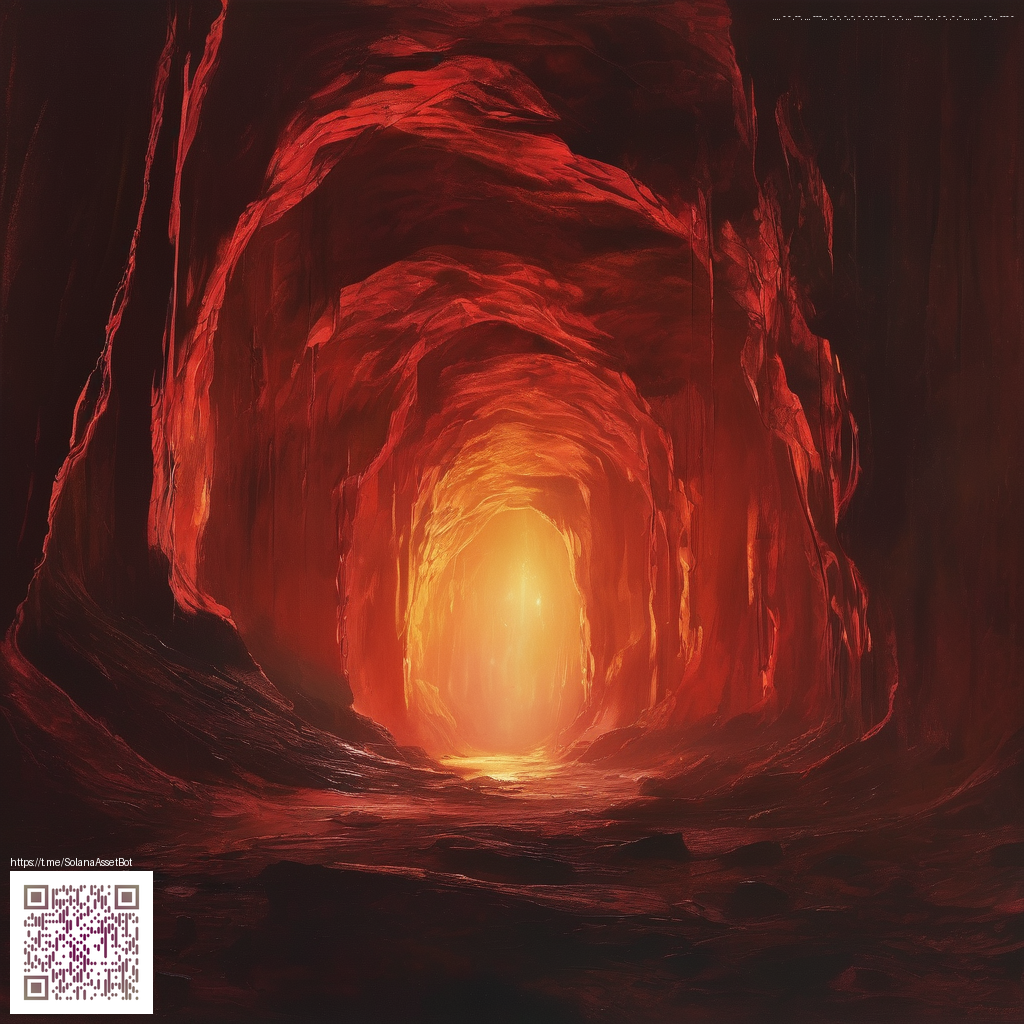
Engine Innovations Behind the Ace Attorney Experience
The Phoenix Wright series has long stood out for turning dialogue into a high intensity sport. Its engine choices quietly power that blistering pace, letting players sprint through testimonies while the visuals keep framing the drama. Over the years the team behind the series experimented with different approaches to rendering, input, and animation to preserve the sense of speed while expanding the scope of the story. Even as the art style stays recognizably Ace Attorney, the underlying technology evolves to meet new platforms and fan expectations 💠
From 2D foundations to cinematic storytelling
Early entries relied on lean 2D sprites layered over static backdrops, with crisp line art that held up on compact hardware. This setup demanded clever scheduling of scenes so that every beat of the court room felt sharp and decisive. The engineering challenge was to keep narrative momentum without sacrificing readability or visual footnote humor. As ports and remasters arrived, the team experimented with more flexible camera moves and background depth to add cinematic punch without breaking the familiar rhythm.
In the later chapters the engine embraced more advanced 3D elements to support dynamic camera angles during dramatic moments. This shift facilitated smoother transitions between investigative exchanges and courtroom clashes, while still honoring the distinctive 2D character silhouettes that players expect. The result is a hybrid feel that preserves the franchise identity while letting the visuals breathe in new contexts
Capcoms development notes emphasize blending cinematic camera work with the series iconic tempo to keep each testimony impactful.
Practical gameplay gains and technical pivots
When the engine updates landed, players noticed tangible improvements in responsiveness and clarity. Dialogue sequencing could advance with fewer loading interruptions, letting focus stay on the puzzle like logic of the case. Lip sync, motion for courtroom gestures, and reaction animations grew more polished, enhancing the sense that every witness is a living part of the courtroom ecosystem. These improvements also paved the way for more elaborate cutscenes, without diluting the quick turn economy that defines a good Ace Attorney session.
On the user interface front, scalable text and adaptive layouts made the games more accessible across devices. The team built a modular scripting system that allowed writers to introduce new scenes and courtroom beats with minimal friction. In practice this meant smoother updates and fan friendly ports, a necessity as the series crossed handhelds, consoles and PC with consistently strong performance
Community and modding as a laboratory
Fan culture around the engine has flourished in ways that mirror the evolution of the games themselves. Modders and dedicated fans have explored how to remix animation pipelines, repackage assets and push new fan content that still feels like a legal court session. A notable thread in the Ace Attorney community discussed how an open source style approach to animation can extend the life of a classic engine by letting creators experiment with new frames and timing. These experiments aren’t just nostalgia bait they showcase how flexible the underlying tech can be when supported by curious players
The dialogue heavy structure of the games makes timing critical. Community experiments often focus on preserving pace while enabling richer motion and more expressive reactions. That balance echoes what the official teams aimed for across generations and demonstrates the enduring value of a well crafted engine in a story driven genre
Developer commentary and ongoing evolution
Developers have consistently highlighted a core goal the engines share across releases preserve the urgent tempo of testimony while expanding what is possible visually. The evolution across platforms shows a clear arc from compact 2D staging to hybrid visuals that exploit 3D space for dramatic emphasis. This progression also reflects a broader industry trend toward flexible pipelines that support both strong artistic direction and robust performance on varied hardware
Looking ahead, the balance between fidelity and speed remains central. Fans anticipate further refinements in animation smoothness, more adaptive UI for diverse screen sizes and ongoing updates that respect the brand’s unique pace. The engine story behind these games is less about flashy tech and more about sustaining clarity under pressure
Key takeaways for players and builders
- Dynamic camera support enables cinematic pauses without slowing down investigation flow
- Hybrid rendering preserves iconic 2D character art while embracing 3D staging for depth
- Polished animation pipelines deliver lifelike gestures and precise lip sync that match fast dialogue
- Modular scripting lowers barriers for new scenes and fan created content
- Cross platform optimization keeps the experience consistent from handhelds to PC
For gamers who crave technical insight, the journey behind these innovations reads like a blueprint for how to keep a verbal duel feeling dynamic. The interplay between engine capability and narrative design is a reminder that great game feel often rides on quiet decisions. As the series continues to adapt to new formats, the core creed remains the same fast, sharp, and cinematic
Donate to Support Decentralized Gaming Journalism